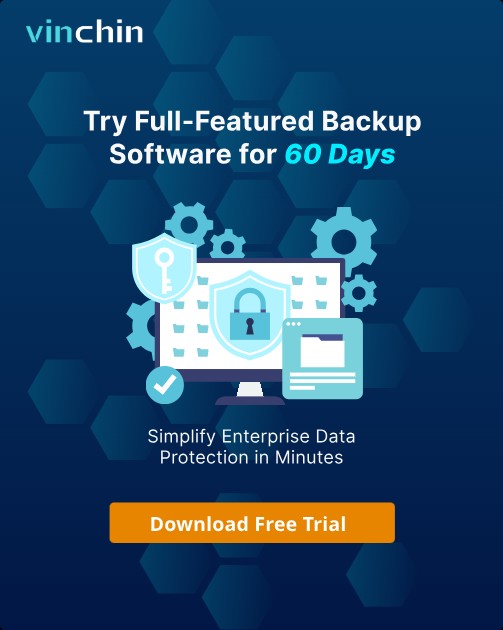-
What Is Hybrid Cloud Disaster Recovery?
-
Why Hybrid Cloud DR Matters?
-
Hybrid Cloud DR Challenges
-
Hybrid Cloud DR Best Practices
-
Vinchin Hybrid Disaster Recovery Solution
-
Hybrid Cloud DR FAQs
-
Conclusion
Businesses face growing risks like cyberattacks and natural disasters. Hybrid cloud disaster recovery combines on-premises systems and cloud tools to protect data and operations. It balances control, flexibility, and cost.
What Is Hybrid Cloud Disaster Recovery?
Hybrid cloud DR uses local systems and cloud platforms together to protect data and keep applications running during disruptions. It continuously copies data off-site and automates failover processes. Sensitive workloads stay on premises for compliance, while the cloud scales on demand and handles sudden traffic spikes.
A hybrid cloud DR plan is a formalized strategy that combines on-premises infrastructure with one or more public or private clouds to meet defined Recovery Time Objectives (RTO) and Recovery Point Objectives (RPO). Automation ensures minimal manual steps, reducing human error and accelerating recovery.
Comparison with Other Models
Traditional DR relies solely on a secondary data center, often at high capital cost and slower scalability.
Cloud-only DR offers rapid scale but may raise compliance concerns for regulated workloads.
Hybrid DR blends both, giving control over sensitive data and cost-effective elasticity.
Why Hybrid Cloud DR Matters?
Eliminate Single Points of Failure
By replicating data to a geographically separate cloud region, you protect against site-level disasters such as power outages or natural events. Multi-AZ within a region guards against rack-level failures; hybrid extends this to region-level resilience.
Balance Control and Scalability
On-premises appliances retain custody of regulated data; cloud bursting accommodates unpredictable traffic spikes with virtually infinite capacity. This duality avoids costly overprovisioning of on-prem gear while meeting compliance SLAs.
Reduce Storage Costs
Implement lifecycle policies to transition older recovery points to low-cost object tiers, cutting long-term retention costs by up to 70 %. Use tagging to automate tier transitions based on age or backup type.
Counter Ransomware
Immutable backups in write-once, read-many (WORM) vaults prevent encryption by malware. Air-gapped replicas and vault lock policies ensure data integrity even if primary sites are compromised.
Hybrid Cloud DR Challenges
Network Latency
Long distances between data centers and cloud sites add round-trip delay. To keep replication near real-time, organizations must:
Optimize links using traffic prioritization and compression to shrink effective latency.
Use dedicated circuits or managed connections to avoid public-internet congestion.
Implement edge caching or protocol accelerators that reduce handshake overhead and retransmissions.
Unpredictable Costs
Cloud providers often waive inbound data transfer but charge for outbound, API usage, and retrieval from deep-archive tiers. To control spending:
Forecast consumption by simulating peak loads and measuring egress patterns.
Set budgets and alerts for storage, network, and compute.
Archive and tier inactive backups automatically—transition older snapshots to lower-cost storage classes.
Security Gaps
Mixing on-premises and cloud environments can leave inconsistent access controls and key management:
Unify identity by integrating local directory services with cloud IAM, enforcing the same least-privilege roles everywhere.
Centralize encryption with a shared key-management process that rotates keys regularly and logs every use.
Harden endpoints by ensuring all backup agents, gateways, and consoles run up-to-date security patches.
Legacy Application Compatibility
Older systems may not natively support modern replication methods:
Virtual-level capture snapshots entire VM disks and memory state to avoid needing in-guest agents.
Container wraps or shims let you encapsulate legacy apps in a lightweight runtime that exposes standard APIs.
Custom connectors translate proprietary data flows into generic block- or file-level streams.
Hybrid Cloud DR Best Practices
Classify Data
Accurately tag every workload by its business impact and compliance needs:
Tier-1 (Critical): Zero-data-loss replication, synchronous or near-synchronous.
Tier-2 (Important): Frequent asynchronous replication (minutes-level RPO).
Tier-3 (Noncritical): Periodic backup only.
Automate tagging early so that new VMs and databases inherit correct DR settings automatically.
Test Regularly
Plan and automate quarterly failover drills that mirror your production topology:
Use isolated “sandbox” accounts or regions that have the same network, compute, and storage layout.
Script end-to-end tests—from recovery-site provisioning to application validation—so you catch misconfigurations before real incidents.
Automate Fully
Shift every manual DR step into code and event-driven workflows:
Infrastructure as Code templates stand up DR environments on demand.
Orchestration runbooks trigger recovery sequences automatically when a primary site goes offline.
Event hooks start dependency-checks, health verifications, and notifications without human intervention.
Secure Backups
Protect backup data both at rest and in transit:
Split-key encryption keeps half of each key on-premises and half in a secure cloud vault.
Immutable retention prevents deletion or modification of stored snapshots for a defined period.
Audit trails capture every access and operation, feeding into your SIEM for continuous monitoring.
Monitor Performance
Continuously measure replication health and resource use:
Lag metrics show how far behind secondary replicas are from the source.
I/O and bandwidth trackers surface bottlenecks before they breach RPO thresholds.
Automated alerts and self-heal workflows can restart lagging tasks, reallocate throughput, or spin up temporary buffers when thresholds trigger.
Vinchin Hybrid Disaster Recovery Solution
Building on the best practices above, Vinchin's hybrid DR solution delivers a full suite of features to secure your virtual environments and keep operations running smoothly.
Vinchin offers virtual machine instant recovery, enabling you to boot any VM directly from a backup in as little as 15 seconds. You can archive backups to cloud storage tiers for long-term retention via GFS policies. Vinchin also enables tape backup, working with both physical and virtual tape libraries for offline vaulting. Offsite backup replication syncs vault copies to remote sites automatically.
For near-zero RPO, Vinchin provides continuous data protection (CDP) to capture every transaction in real time. You can enforce GFS retention to meet compliance requirements for weekly, monthly, and yearly backups. The platform runs VM backup data verification by boot-testing backups in an isolated lab to ensure recoverability. Finally, granular restore lets you recover individual files or folders without full VM recovery.
With Vinchin's intuitive web console, deploying hybrid cloud disaster recovery takes just four steps:
1. Select the VM you want to backup
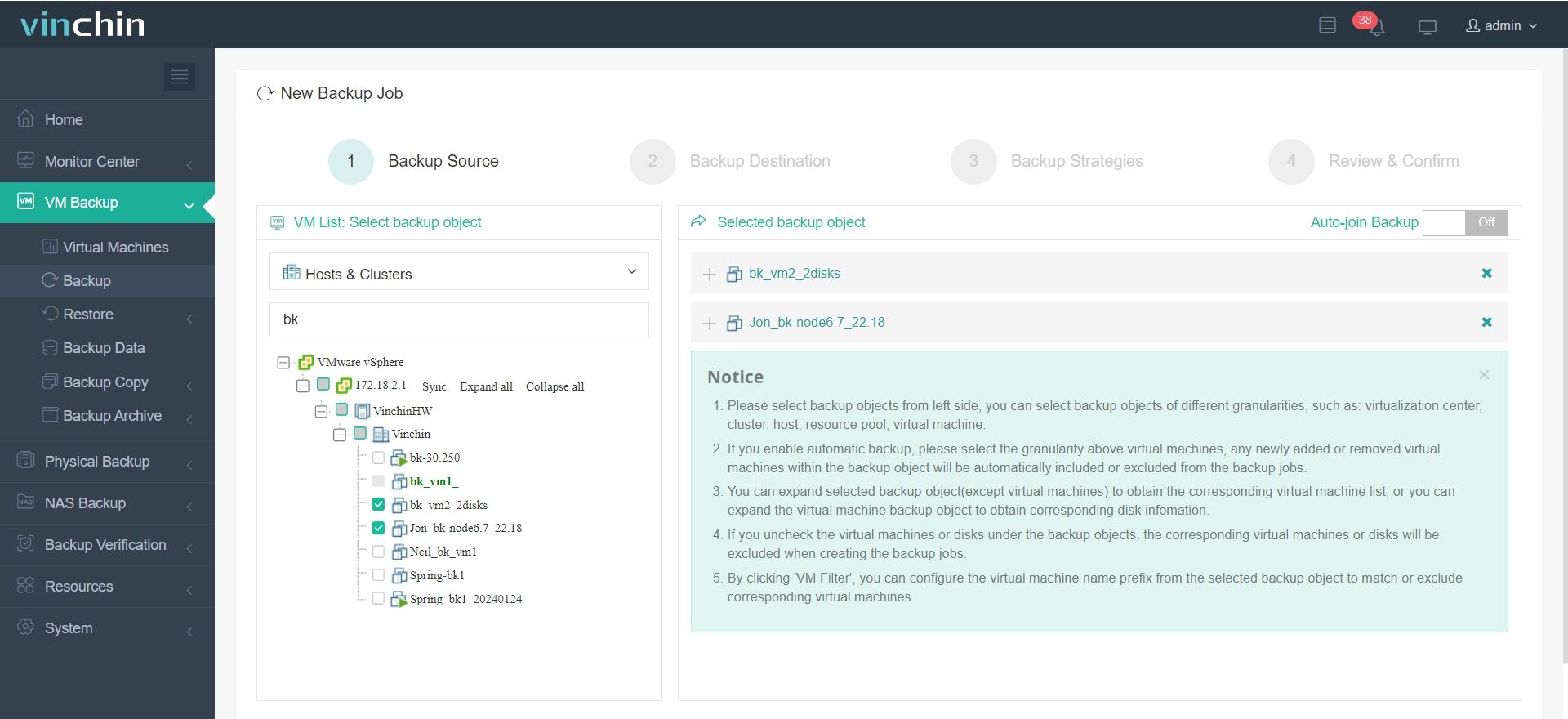
2. Choose backup storage
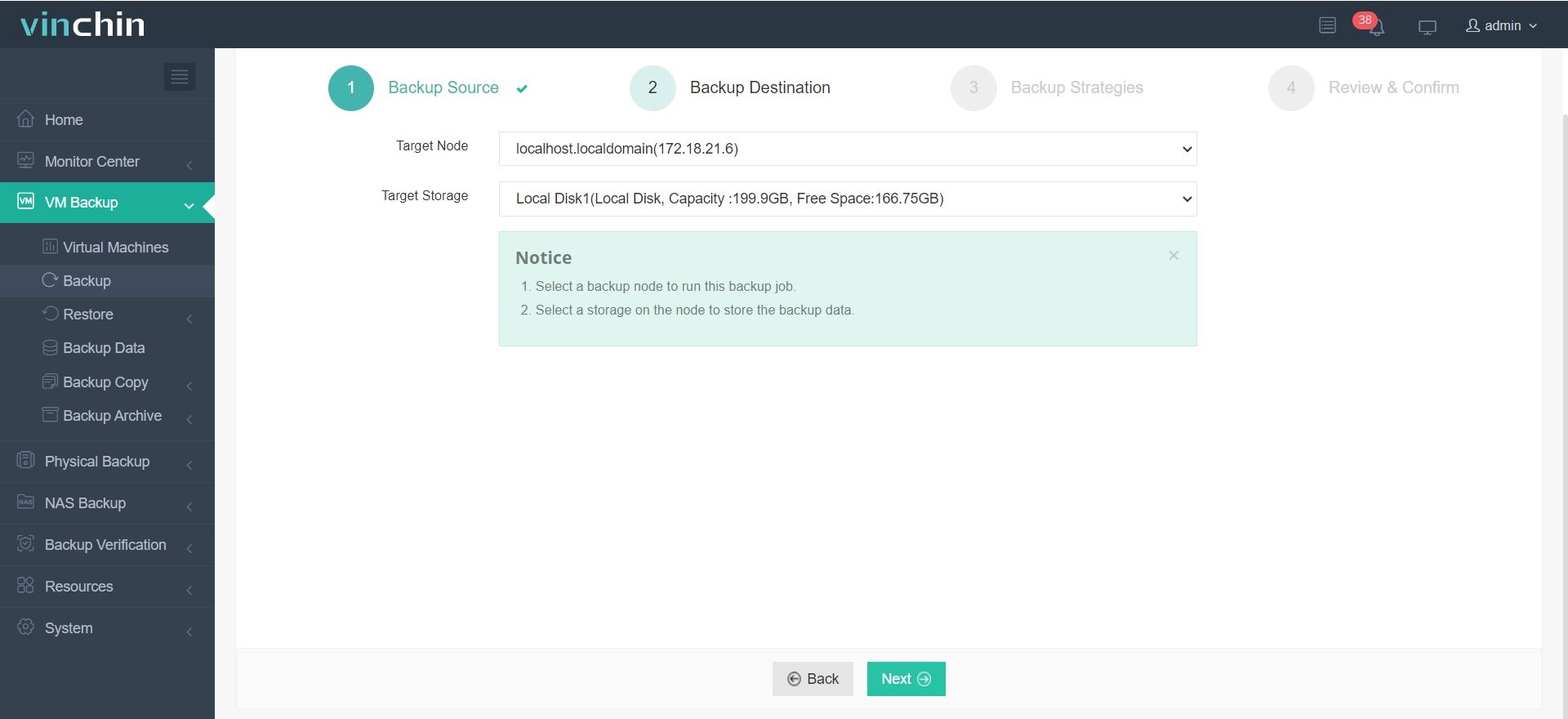
3. Define the backup strategy
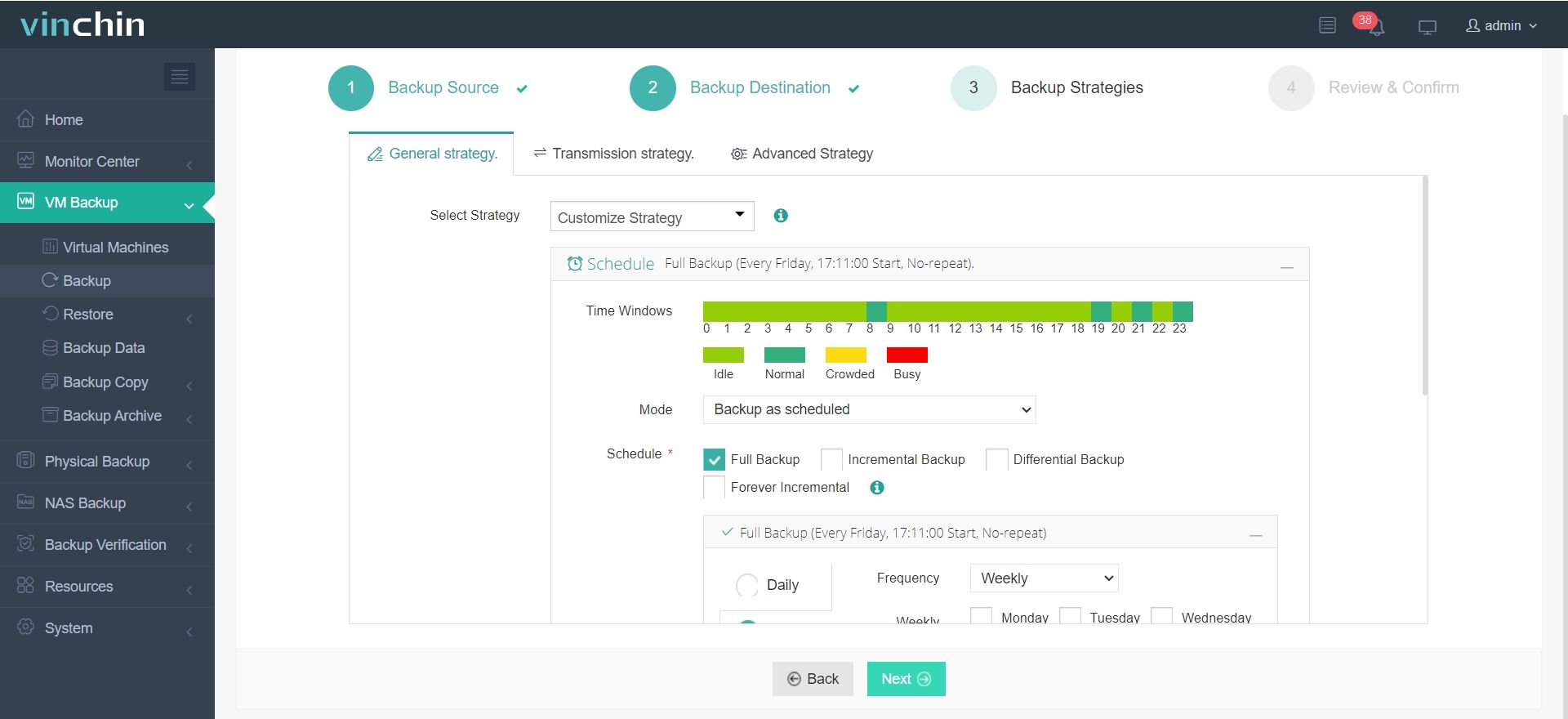
4. Submit the job
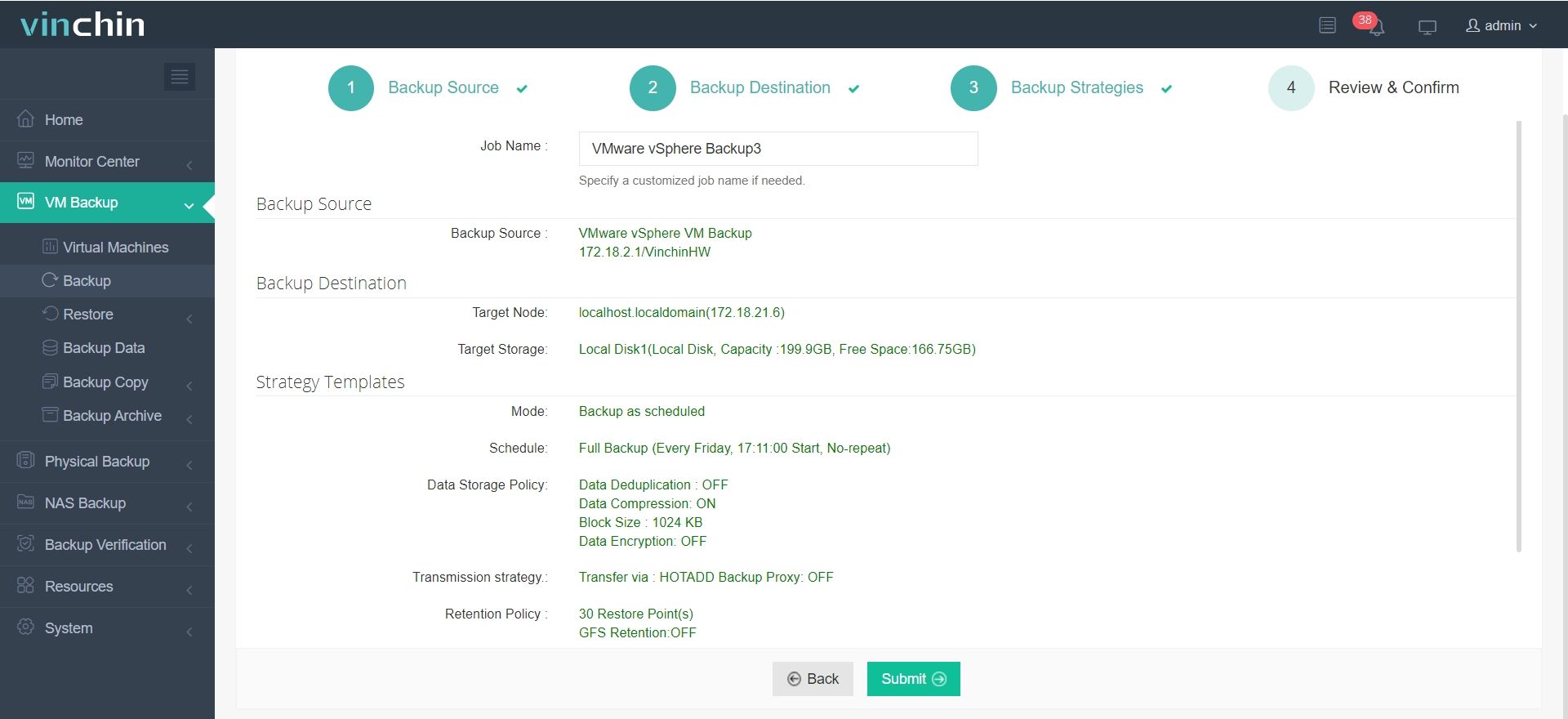
Join over 30000 global enterprises that trust Vinchin's top-rated solution. Start your 60-day, full-featured free trial today and see how easily you can secure critical workloads. Click DOWNLOAD to deploy in minutes.
Hybrid Cloud DR FAQs
Q1: What makes hybrid cloud DR unique?
A: It blends on-premises control with cloud speed, avoiding vendor lock-in.
Q2: What is the biggest technical challenge of hybrid cloud DR?
A: Keeping network delays under 15ms for real-time backups.
Q3: How to save hybrid cloud DR costs?
A: Store old backups in cheap cloud storage (Glacier) and sync critical data only.
Conclusion
Hybrid cloud disaster recovery offers a practical path for businesses. It keeps sensitive data safe locally while using the cloud's power during emergencies. By automating processes, testing plans, and managing costs, organizations can face disruptions with confidence.
To better protect your workload, just download Vinchin to protect data in every way. Don’t miss the free trial.
Share on:





